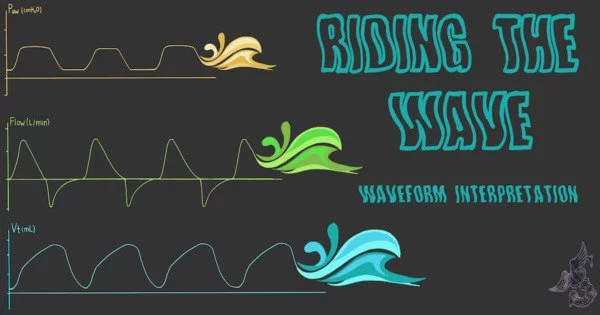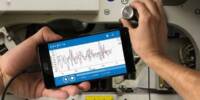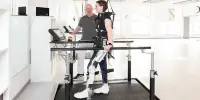Riding a wave to better medical diagnosis entails harnessing cutting-edge technologies and methodologies to increase the accuracy, efficiency, and accessibility of medical diagnosis. The incorporation of artificial intelligence (AI), specifically machine learning and deep learning, into the field of medicine is one of the most promising advancements in this respect.
Medical imaging, such as X-rays, CT scans, MRIs, and ultrasounds, give doctors new perspectives and a greater knowledge of what’s going on within a patient’s body. These gadgets can visualize many invisible disorders and diseases by using various types of waves.
This imaging is useful for health-care practitioners in making accurate diagnoses, but spectroscopy adds even more detail. Spectroscopy can be used to detect proteins within specimens based on their absorption characteristics in the electromagnetic spectrum.
Researchers from UBC Okanagan’s School of Engineering seek to take diagnostic imaging to the next level.
By working with terahertz radiation, we’re able to glean details on the underlying characteristics of biological specimens. This insight comes from the nature of terahertz radiation, which is intricately sensitive to the biomolecular make-up of cells.
Alexis Guidi
Recognizing the benefits of imaging and spectroscopy, UBCO’s Integrated Optics Laboratory (IOL) researchers are now creating imaging devices that use terahertz radiation. Terahertz radiation is found in the electromagnetic spectrum, with frequencies ranging from radio waves to visible light. This paves the way for fast and accurate terahertz characterizations of biological specimens, which can eventually aid in the development of effective cancer detection systems.
“By working with terahertz radiation, we’re able to glean details on the underlying characteristics of biological specimens,” explains Alexis Guidi, a School of Engineering master’s student and lead author of a new study published in Scientific Reports. “This insight comes from the nature of terahertz radiation, which is intricately sensitive to the biomolecular make-up of cells.”

Nonetheless, according to Dr. Jonathan Holzman, IOL Principal Investigator and Electrical Engineering Professor, there are pressing challenges in developing these terahertz systems.
“The characteristics of terahertz radiation that make it an effective probe of biomolecules, in terms of its long wavelengths, also make it challenging to focus and resolve in images. Our recent work solved this by demonstrating terahertz spectroscopy can show a resolution approaching the cellular scale.”
While AI is a strong tool for enhancing medical diagnosis, it is vital to remember that it should be used in conjunction with, rather than in instead of, healthcare practitioners. Human skill and judgment continue to be essential in the medical industry. Furthermore, as these technologies grow, the ethical and regulatory elements of AI in healthcare, including concerns of transparency and responsibility, must be carefully explored.
The researchers intend to use their results in new areas of medical diagnosis, with a focus on carcinogenesis – the process through which healthy cells become cancerous.
















